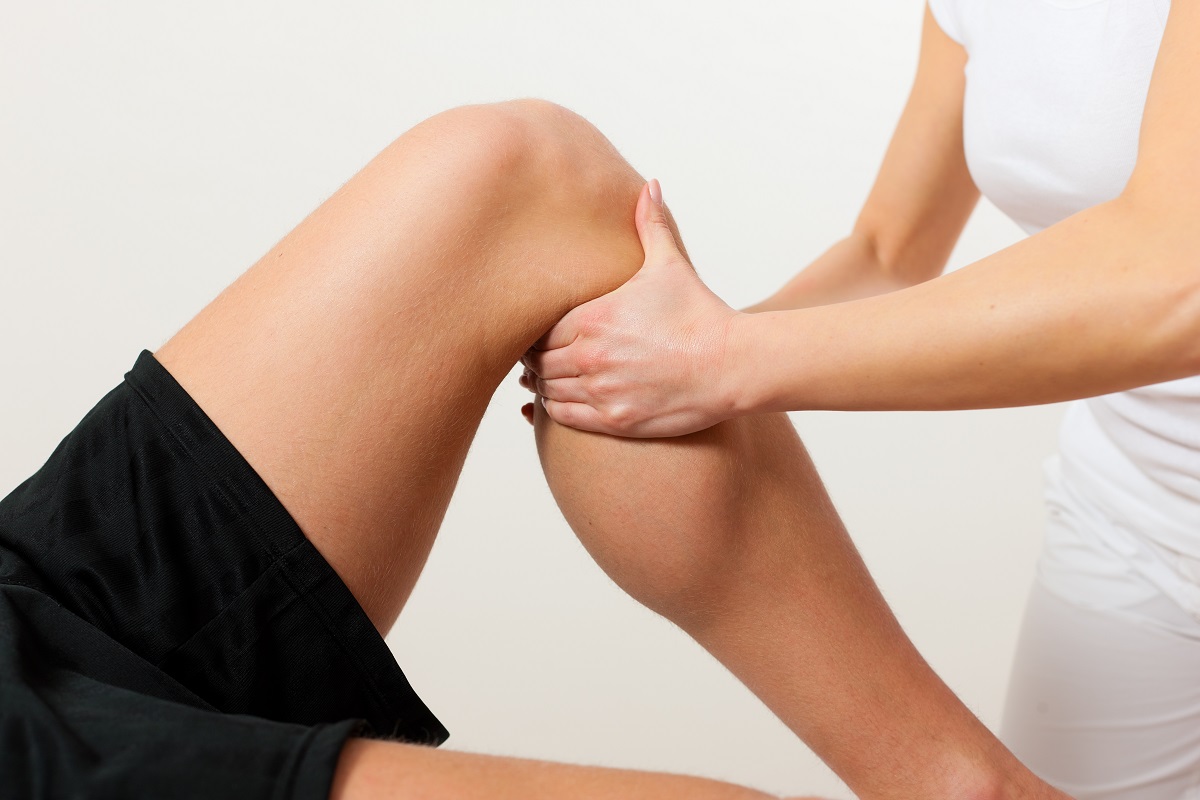For aspiring athletes, it’s not always about developing your skills. While training hard is always part of the program, the best thing to do is to find ways to keep your body strong and healthy. Thousands of sports injuries happen every day.
Even professional athletes who work out with doctors and specialists still suffer from these injuries. Some minor injuries happen due to fatigue and lack of pre and post stretching. Additionally, it’s essential to know your limits. Listen to your body when it needs to rest.
Road to Improved Health
Each sport or activity impacts the types of injuries you’re most prone to. For example, basketball players are more prone to knee injuries because of the lateral and vertical movements involved when playing the game. On the other hand, football players are more prone to ankle and calf sprains.
The key here is to understand how your body works when playing the sport. You should also find out the weakest point of your body. For example, Derrick Rose, a well-known NBA superstar had an unfortunate series of injuries throughout his entire career.
According to sports science experts, this is due to his playing style. The main factors for these are awkward landing positions, hyperextension of limbs, and excessive body movements.
When you work out, observe the pain points of your body. If you notice mild, but persistent pain or discomfort, it’s best to consult a specialist. For instance, you might consider an open MRI scan without referral in London. Doing so will help you prepare more and adjust your routine.

Common Sports Injuries
1. Achilles tendon injuries – Achilles is the largest tendon in your body. Its function is to support the lower limbs and carry the weight when walking or running. The most common Achilles injury is tendinitis. It usually happens to track and field athletes and other sports that involve running. Some of the possible causes for this injury is lack or improper stretching, not wearing appropriate shoes, and awkward posture.
2. Broken Bones – Broken bones orfractured bones usually happen when there is sudden or excessive force being applied. This can occur in any sport. Symptoms may include numbness, sudden or extreme pain, and numbness. This injury falls under the acute category, and full recovery may take 8 to 12 weeks.
3. Dislocations – Dislocations and broken bones are a bit challenging to distinguish. The symptoms are usually the same. This is why specialists require running laboratory exams such as x-rays and MRIs for proper diagnosis and treatment. For instance, this happens when the tip of your bone moves out of its normal alignment or position. It’s very common in any contact sport like basketball, rugby, and football.
4. Jumper’s Knee – Known as patellar tendinitis, this injury is common in sports involving repetitive vertical and lateral motions. This includes basketball and volleyball. Usually, specialists detect this injury when there is an inflammation of tissues surrounding the kneecap and thigh muscles. Symptoms may include weakness or stiffness while jumping or even climbing stairs.
What You Can Do
While there are no specific ways to avoid injuries totally, there are some things you can do to prevent them. Start with a healthy and well-balanced diet. Wearing proper sports gear should also help prevent these injuries.
Make it a habit of performing proper pre and post workouts before playing the sports. More importantly, consult a sports doctor to help improve your routine.





